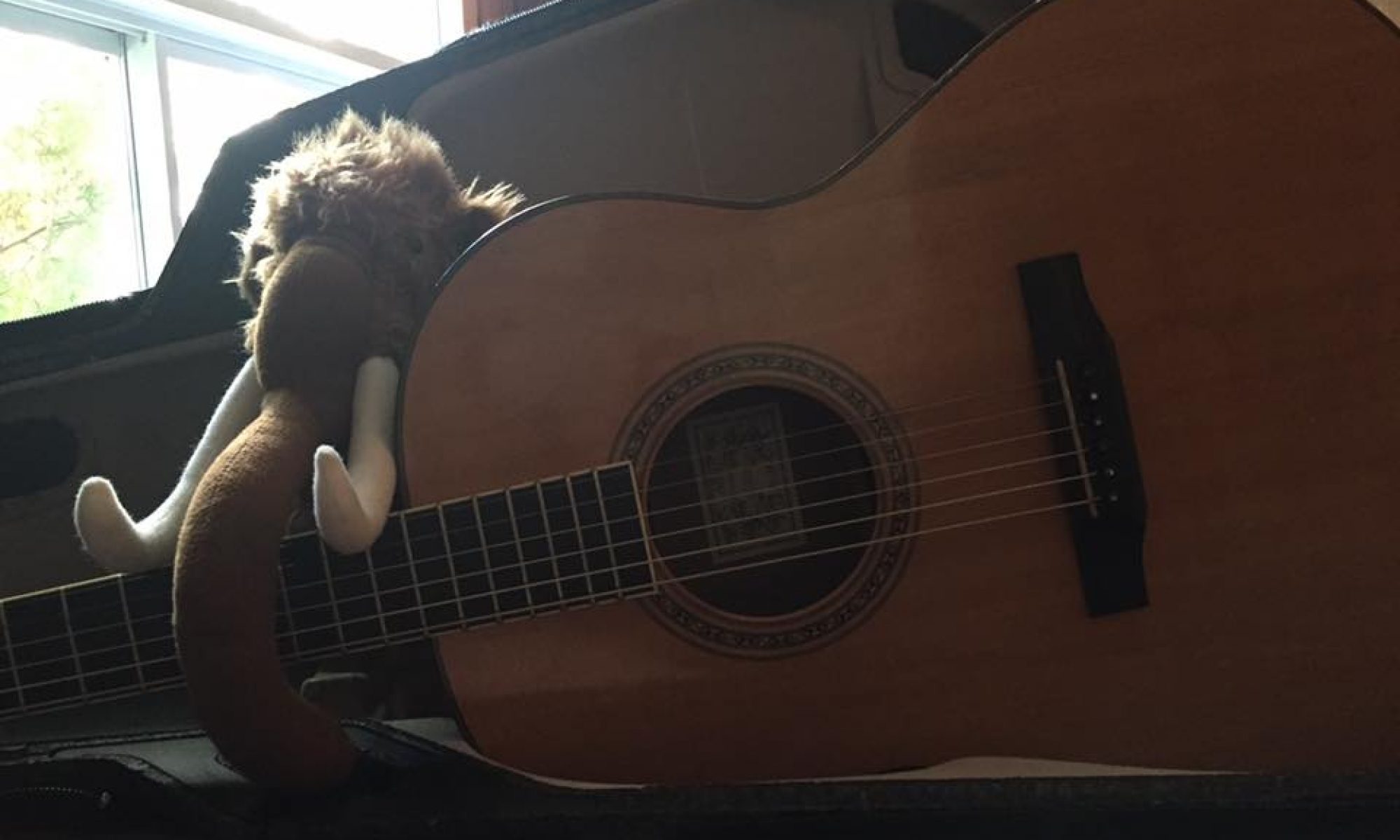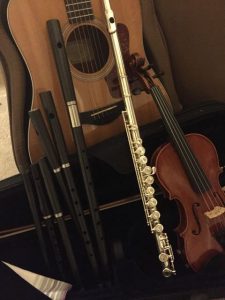Summary
- Time practiced: 10 minutes
- Scales practiced:
- One-octave G, D, A
- Two-octave G
- Techniques practiced:
- Up-down-both double stops, all string pairs
- Down-up-both double stops, all string pairs
- Trying to be mindful of a steady bowing pace for purposes of keeping a scale flowing
- Trying to be mindful of keeping my elbow swinging smoothly when doing string crossings
- Trying to be mindful of finger placement and specifically consciously telling myself “I’m putting my finger right there next”
- Tunes practiced: Fortune set by Great Big Sea, A part of the first tune
Commentary
Finding those angles on my double stops is still a damn problem. And it’s still entirely a matter of not being able to find the proper intermediate angle to hit both of those strings at the same time, at least in a timely fashion. If I do it slowly, and do the thing where you judge where the bow is resting so that you can actively tell “yes, I am on both strings”, i can do it.
But not if I try to do it quickly. Therefore, as with just about everything when it comes to the fiddle, more practice is required.
Today’s tune was the Fortune set from Great Big Sea just because I listened to that again recently, and it’s stuck in my head! Also because the A part of the first tune is pretty easy. I already knew I could kind of play it on the fiddle, but I also wanted to see what I could learn by dropping some slurs in it.
First immediate thing I learned: “do slurs on descending notes” is not quite enough for my satisfaction for this tune. It’s very obvious that if I want to try to emulate what Bob Hallett does on the recording, I need to slur the first few notes that start the A part of this thing.
After that, it becomes a question of where else to slur, and I think I did figure that out easily enough—there are parts with descending notes where yeah, I can slur those easily enough and make the A part come out… well, if not exactly rocking quite yet, then at least beginning to sound like I might actually know what I’m doing. Lol.
Also spent a little time trying to see if I could play the B part by memory, but I don’t have that bit of the tune as well engrained in my head quite yet. Clearly I’m going to have to listen to the recording a few more dozen times. Oh darn whatever shall I do.
Side note for the Great Big Sea fans who may be reading this: this A and B part I’m talking about is specifically for the first instrumental bit of the Fortune recording, which comes before the B’ys jump in with the vocals and start singing “There’s lots of fish in Bonavist Harbor!”
After that vocal bit there are two more tunes to round out the set and I do have eventual aspirations of getting to those, too. But for now I’m focused just on the first tune. :D


